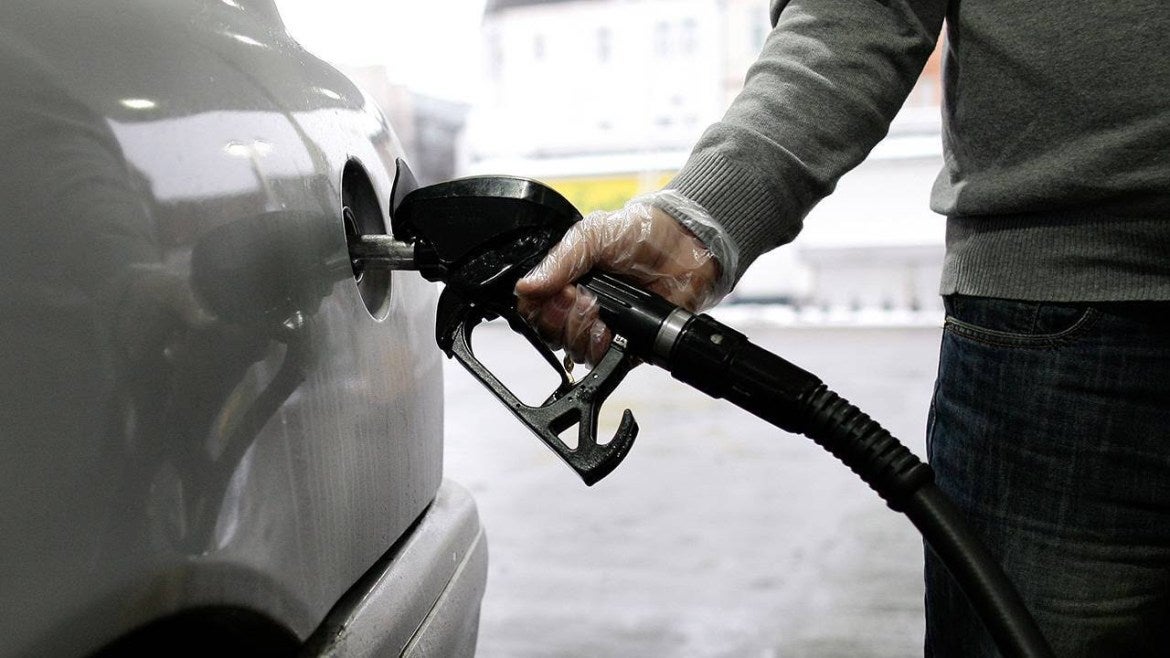Gas average below $3 again
Published 11:00 am Monday, February 27, 2023
Average gasoline prices in Mississippi have fallen 5.5 cents per gallon in the last week, averaging $2.92 per gallon Monday, according to GasBuddy’s survey of 2,014 stations. Prices in Mississippi are 24.3 cents per gallon lower than a month ago and stand 32.0 cents per gallon lower than a year ago.
According to GasBuddy price reports, the cheapest station in Mississippi was priced at $2.57/g Sunday while the most expensive was $3.65/g, a difference of $1.08/g.
The national average price of gasoline has fallen 4.3 cents per gallon in the last week, averaging $3.33/g Monday. The national average is down 17.6 cents per gallon from a month ago and stands 26.3 cents per gallon lower than a year ago, according to data compiled from more than 11 million weekly price reports covering over 150,000 gas stations across the country.
Historical gasoline prices in Mississippi and the national average going back 10 years on Feb. 27:
2022: $3.24/g (U.S.: $3.59/g)
2021: $2.36/g (U.S.: $2.72/g)
2020: $2.13/g (U.S.: $2.44/g)
2019: $2.15/g (U.S.: $2.42/g)
2018: $2.27/g (U.S.: $2.53/g)
2017: $2.07/g (U.S.: $2.29/g)
2016: $1.54/g (U.S.: $1.74/g)
2015: $2.19/g (U.S.: $2.37/g)
2014: $3.20/g (U.S.: $3.43/g)
2013: $3.63/g (U.S.: $3.79/g)
“The national average has resumed its decline after a pause last week as oil and wholesale gasoline prices fell on worrisome inflation figures showing the Fed likely to ramp up rates to slow inflation,” said Patrick De Haan, head of petroleum analysis at GasBuddy. “Some nine out of 10 states saw declines over the last week, so the drops are showing up for most across the country, with the exception of the West Coast as the transition to summer blends continues, and in the Great Lakes, where prices cycled last week but have now resumed declining. For the weeks ahead, tradition tells us to expect prices to move up eventually, but that could be at least be partially offset by inflationary data that continues to be hotter than expected, leading to anxiety that the Fed will boost interest rates and cooling the economy and oil demand considerably.”






